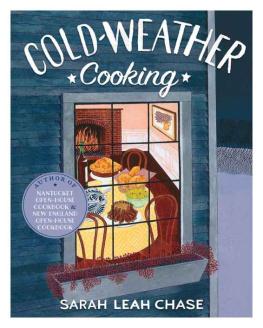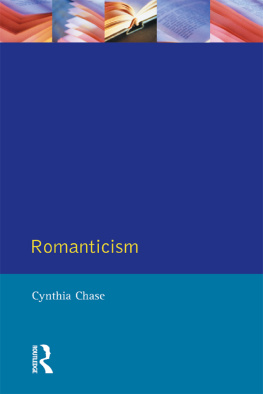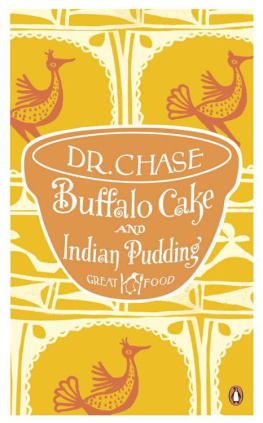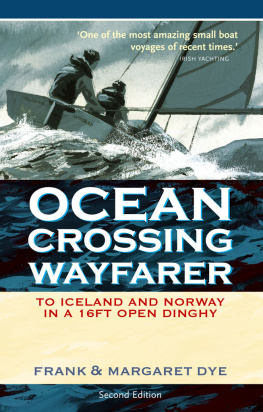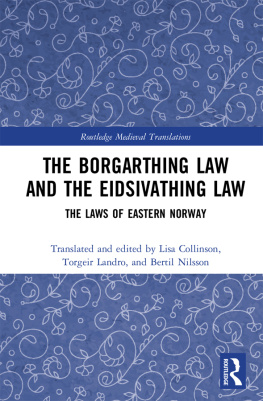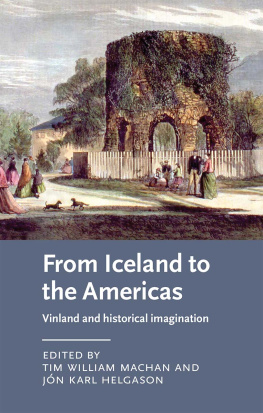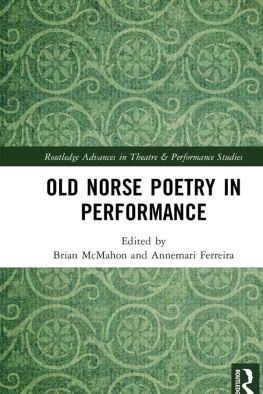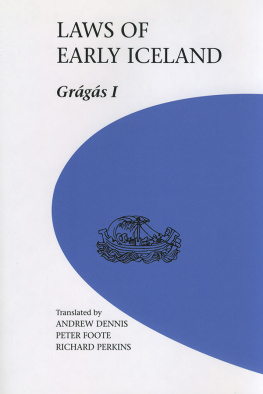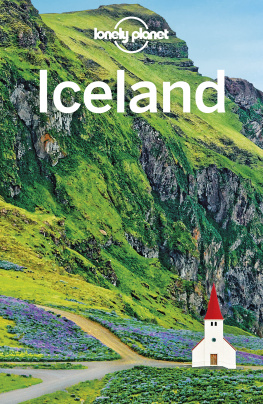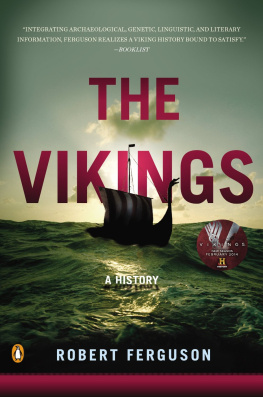Chase - Eddic, Skaldic, and beyond: poetic variety in Medieval Iceland and Norway
Here you can read online Chase - Eddic, Skaldic, and beyond: poetic variety in Medieval Iceland and Norway full text of the book (entire story) in english for free. Download pdf and epub, get meaning, cover and reviews about this ebook. year: 2014, publisher: Fordham University Press, genre: Children. Description of the work, (preface) as well as reviews are available. Best literature library LitArk.com created for fans of good reading and offers a wide selection of genres:
Romance novel
Science fiction
Adventure
Detective
Science
History
Home and family
Prose
Art
Politics
Computer
Non-fiction
Religion
Business
Children
Humor
Choose a favorite category and find really read worthwhile books. Enjoy immersion in the world of imagination, feel the emotions of the characters or learn something new for yourself, make an fascinating discovery.

Eddic, Skaldic, and beyond: poetic variety in Medieval Iceland and Norway: summary, description and annotation
We offer to read an annotation, description, summary or preface (depends on what the author of the book "Eddic, Skaldic, and beyond: poetic variety in Medieval Iceland and Norway" wrote himself). If you haven't found the necessary information about the book — write in the comments, we will try to find it.
Eddic, Skaldic, and beyond: poetic variety in Medieval Iceland and Norway — read online for free the complete book (whole text) full work
Below is the text of the book, divided by pages. System saving the place of the last page read, allows you to conveniently read the book "Eddic, Skaldic, and beyond: poetic variety in Medieval Iceland and Norway" online for free, without having to search again every time where you left off. Put a bookmark, and you can go to the page where you finished reading at any time.
Font size:
Interval:
Bookmark:
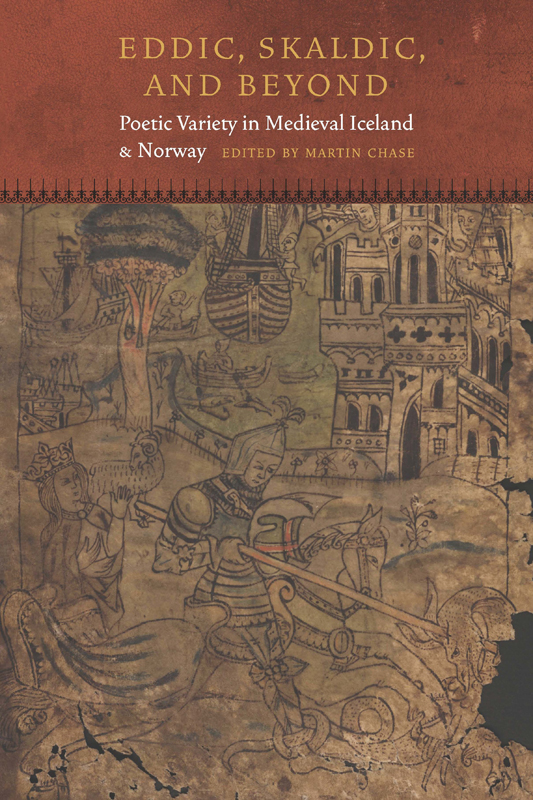
EDDIC, SKALDIC, AND BEYOND
FORDHAM SERIES IN MEDIEVAL STUDIES
Mary C. Erler and Franklin T. Harkins, series editors

Copyright 2014 Fordham University Press
All rights reserved. No part of this publication may be reproduced, stored in a retrieval system, or transmitted in any form or by any meanselectronic, mechanical, photocopy, recording, or any otherexcept for brief quotations in printed reviews, without the prior permission of the publisher.
Fordham University Press has no responsibility for the persistence or accuracy of URLs for external or third-party Internet websites referred to in this publication and does not guarantee that any content on such websites is, or will remain, accurate or appropriate.
Fordham University Press also publishes its books in a variety of electronic formats. Some content that appears in print may not be available in electronic books.
Library of Congress Cataloging-in-Publication
Eddic, Skaldic, and Beyond : Poetic Variety in Medieval Iceland and Norway / edited by Martin Chase, S.J.
pages cm. (Fordham Series in Medieval Studies)
Includes bibliographical references and index.
ISBN 978-0-8232-5781-2 (hardback)
1. Old Norse poetryHistory and criticism. 2. EddasHistory and criticism. 3. Scalds and scaldic poetryHistory and criticism. I. Chase, Martin, editor of compilation.
PT7170.E33 2014
839'.61009dc23
2014002166
Printed in the United States of America
16 15 14 5 4 3 2 1
First edition
CONTENTS
MARTIN CHASE
RUSSELL POOLE
INGVIL BRGGER BUDAL
CHRISTOPHER ABRAM
MIKAEL MALES
KEVIN J. WANNER
ROLF STAVNEM
RORY M c TURK
HANNAH BURROWS
MARTIN CHASE
PAUL ACKER
SHAUN F. D. HUGHES
The indebtedness of this book to the archival collections of the Arnamagnan Institutes in Reykjavk (Stofnun rna Magnssonar slenskum frum) and Copenhagen (Den Arnamagnanske Samling) as well as the National and University Library of Iceland (Landsbkasafn slands Hsklabkasafn) is apparent on nearly every page, but it should nevertheless be acknowledged. Perhaps less apparent is the debt to the Skaldic Poetry of the Scandinavian Middle Ages project, under the general editorship of Margaret Clunies Ross, and its database, maintained by Tarrin Wills. As references in many of the contributions to the book note, the project has led to a new flowering of interest in skaldic poetry and opened new possibilities for research. I am particularly grateful to the Arnamagnan Instute in Copenhagenits leader, Matthew Driscoll, its librarian, Ragnheiur Msesdttir, and its staff and students. I have enjoyed the hospitality of the institute often and extensively, and I value not only the collections, but the scholarly assistance, advice, and colleagueship I have found there over the years. The same goes for the Dictionary of Old Norse Prose: I have been helped by more friends on the dictionary staff than I can name here, but I would like to mention especially Chris Sanders, now sorely missed. The Jesuit community of Sankt Knuds Stiftelse has been a home away from home for me in Copenhagen, and I thank Gerhard Sanders, S. J. for generous hospitality and fraternal support.
In New York, thanks are due to the Fordham University Center for Medieval Studies and its director, Maryanne Kowaleski. Maryanne conceived, organized, and sponsored the conference and symposia that planted the seeds for this collection. I thank my friend and Fordham colleague Mary Erler for ongoing sage advice and encouragement at many levels, and in particular for her comments on the manuscript and the ways in which she has facilitated the publication of this book as co-editor, together with Franklin Harkins, of the Fordham Series in Medieval Studies. The managing editor of Fordham University Press, Eric Newman, has been upbeat and accommodating through thick and thin, and Will Cerbone, the copy editor for the book, has brought to it a scholarly competence and eye for detail on which many of the contributors have remarked. We were indeed fortunate to haveon this side of the Atlantican editor who can catch typos in quoted diplomatic editions and suggest ways of polishing our translations. The book would have been a different one without the advice of the anonymous readers for the Press, so much so that I regret that they must remain anonymous. Many thanks to both of you. Fordham University supported the costs of publication with a Faculty Research Grant.
The mention of those sine quae non would not be complete without thanking the staff of the Walsh Library at Fordham. Charlotte Labbe, head of interlibrary loan, and her staff have worked their magic throughout; John DAngelo and the circulation staff have e-mailed countless scans of journal articles across campus and across the ocean, often within minutes of the requests; and Betty Garity, head of acquisitions, has never said no. Finally, what others tend to say in the customary concluding mention of long-suffering partners, offspring, or cats, I can say of my Jesuit brothers at Fordham.
Martin Chase
For at least a century, it has been customary to divide the vernacular poetry of medieval Scandinavia into two genre categories: eddic poetry ( eddukv i ) and skaldic poetry ( drttkv i ). What counts as skaldic and what counts as eddic has as much to do with traditional and conventional labels as it does with characteristics of the poetry itself.
The designation skaldic has been assigned to poetry by known authors (skalds) that follows the system of metrics and diction explained by Snorri Sturluson in his Edda , a three-part guide to the poetic art of the skalds. The Snorra Edda , apparently conceived as a poetic manual intended to facilitate the comprehension and appreciation of the poetry of the Viking-Age skalds for thirteenth-century readers, has been enormously influential. Almost from the time of its composition, it has been regarded not just as a guide to understanding skaldic poetry, but as the definer and arbiter of the genre: the extent to which poetry conforms to or deviates from Snorris rules for poetic composition in the Snorra Edda has traditionally determined the judgment of its quality, or indeed, whether it is even deserving of the name skaldic. The first part of the Snorra Edda , Gylfaginning , recounts in narrative form myths associated with traditional Nordic religion. A knowledge of the myths is necessary to understand the allusions to them in the elaborate kenningsperiphrastic metaphors characteristic of skaldic dictionwhich subsequently are treated in Skldskaparml , the middle section of the work. Gylfaginning , in many cases the only textual witness of the stories it recounts, has often been regarded as an authentic literary record of the myths of the pre-Christian North. The last section of the Snorra Edda , Httatal , defines and gives examples of the intricate, syllable-counting meters of the skalds.
Skld means in Old Norse (and Modern Icelandic) simply poet, and the corresponding adjective (Old Norse skldligr , Modern Icelandic skldlegur ) means poetic, in the most general sense of the word. The adjective has been documented just twice in medieval contexts, in two different versions of Hallfre ar saga . Modern Icelandic usage normally refers to skaldic poetry as drttkv i (literally court poetry), the Old Norse name for the meter used in most (but by no means all) skaldic poetry. The term skldakv i occurs occasionally in twentieth-century Icelandic scholarship, but should probably be considered a Danism. Finnur Jnssons use of the word may well have given it the meaning it has today.
Font size:
Interval:
Bookmark:
Similar books «Eddic, Skaldic, and beyond: poetic variety in Medieval Iceland and Norway»
Look at similar books to Eddic, Skaldic, and beyond: poetic variety in Medieval Iceland and Norway. We have selected literature similar in name and meaning in the hope of providing readers with more options to find new, interesting, not yet read works.
Discussion, reviews of the book Eddic, Skaldic, and beyond: poetic variety in Medieval Iceland and Norway and just readers' own opinions. Leave your comments, write what you think about the work, its meaning or the main characters. Specify what exactly you liked and what you didn't like, and why you think so.


